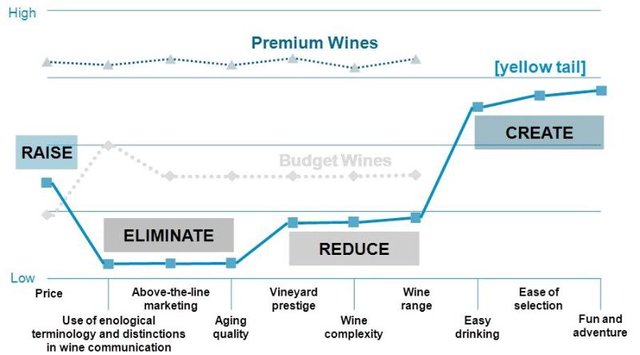Put simply, competitive advantage is what you do differently that sets you apart from your competition. Competitive advantage gives your customers a valuable reason to choose you over competitors or alternatives. These unique aspects of your business should be difficult to replicate. Competitive advantage enables you to charge premium prices and therefore make greater profit margins.
- ☹️ Are your competitors beating you on price, and you find yourself having to continuously lower prices to remain competitive?
- ☹️ Are you struggling to meet customer acquisition targets, and having issues with customer retention due to competitive pressure?
- ☹️ Is there an inability to scale due to weakening profit margins and cashflow position, leading to a lack of funding options?
If you answered ‘yes’ to any of the above, then this article is written for you.
Examples of competitive advantage;
- Cheapest cost base in the market
- Best quality product or service
- Highest customer satisfaction
- Efficiency of processes – optimised value chain
- Use of proprietary technology
- First mover advantage
The principle of differentiation is to strategically find a way to not have to compete. I realise that may sound counter-intuitive but stick with me. This is the concept of blue ocean strategy as opposed to a red ocean strategy. Red ocean strategy, which is where businesses attempt to enter an established market whilst competing for the exact same customer segments, with a similar proposition, in the hopes of outperforming the competition. Adopting a Red Ocean strategy commonly results in a “race to the bottom”, as customers only care about your price and there is little else to differentiate your proposition. Your product becomes a commodity.
Blue Ocean strategies often disrupt the market through tech innovation, carving out a new segment, or finding a solution to a customer need that competitors are not servicing. But finding the Blue Ocean is only the first part of the innovation journey.
When a company finds and creates a Blue Ocean, it must find immediately a new one, while taking all appropriate business actions in order to maximise the new competitive margin.
Why is that? Because all Blue Oceans by definition tend to become Red Oceans and from the business perspective, maximising the competitive margin (although convenient) after a while it won’t be enough to keep the leadership of the market.
If you want to increase market share, profitability and sustainable growth in an established market, then Blue Ocean strategy is what you should aspire to, yet only 15% of businesses successfully implement it according to a study of 108 businesses across 30 industries performed by globally recognised authors, W. Chan Kim and Renee Mauborgne. So, how do you go about building one? A great starting point is to create a strategy canvas. To illustrate this, I am going to refer to the iconic example of Casella wines and their Australian wine brand, Yellow Tail;

Casella wines shifted their customer focus by creating a new category of fun, easy drinking wine by unpacking the value proposition, benchmarking product categories, conducting customer research, and then identifying an opportunity (value innovation) to target customers from adjacent markets such as beer and cocktail drinkers. Through the research, Casella wines ascertained the reasons that non-wine drinkers were avoiding wine, and created a new category of wine that bridged the gap between adjacent products thereby making it more appealing to customers in those markets. This new category was simpler (less variants), more appealing packaging, not too sweet but not bitter to irregular wine drinkers, and produced at a lower cost. Yellow Tail went on to become one of the best-selling wines in the U.S. market by 2011, selling more wine to Americans than every French wine producer combined!
So, where is your business currently competing? The bloody Red Ocean or the coveted Blue Ocean?






